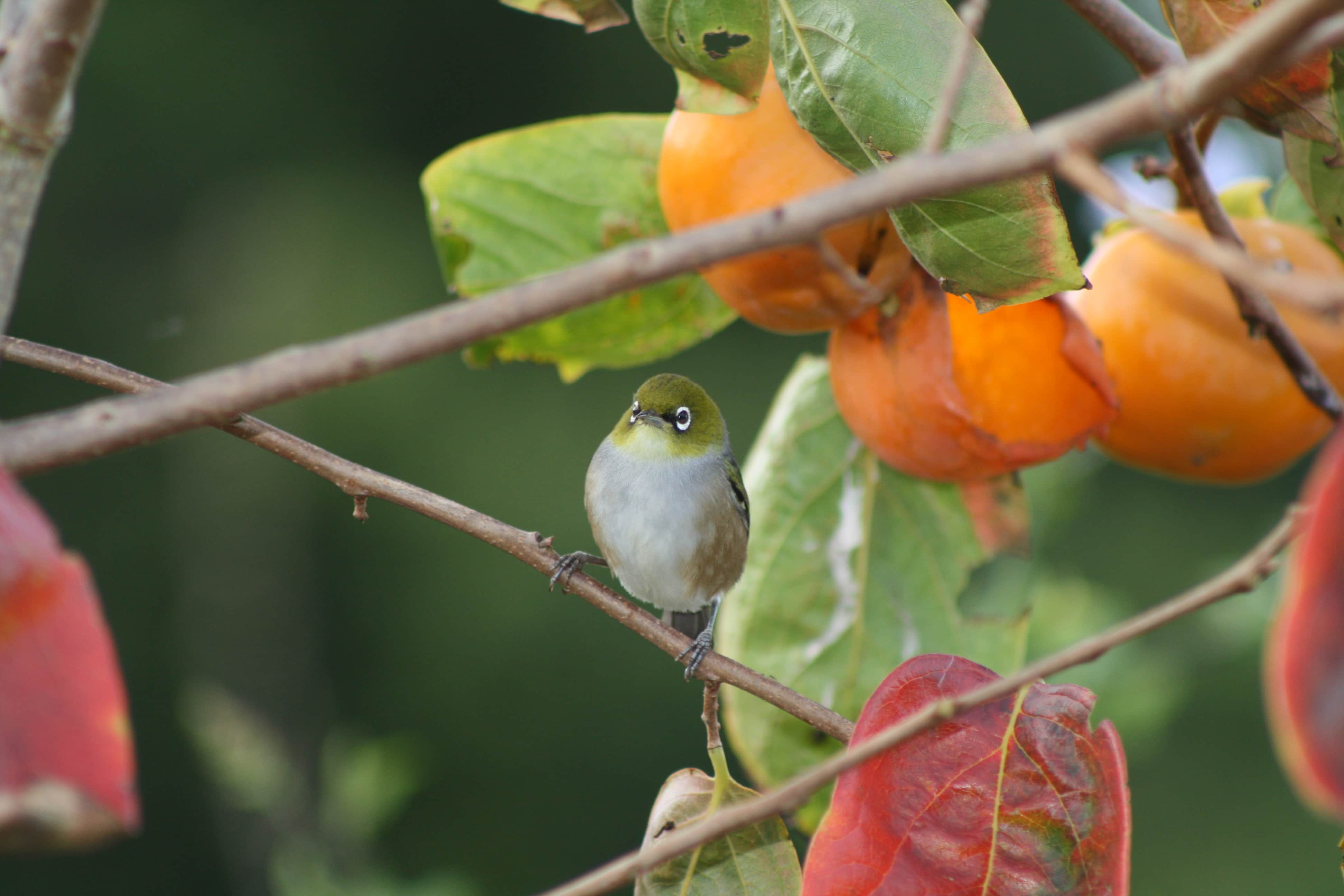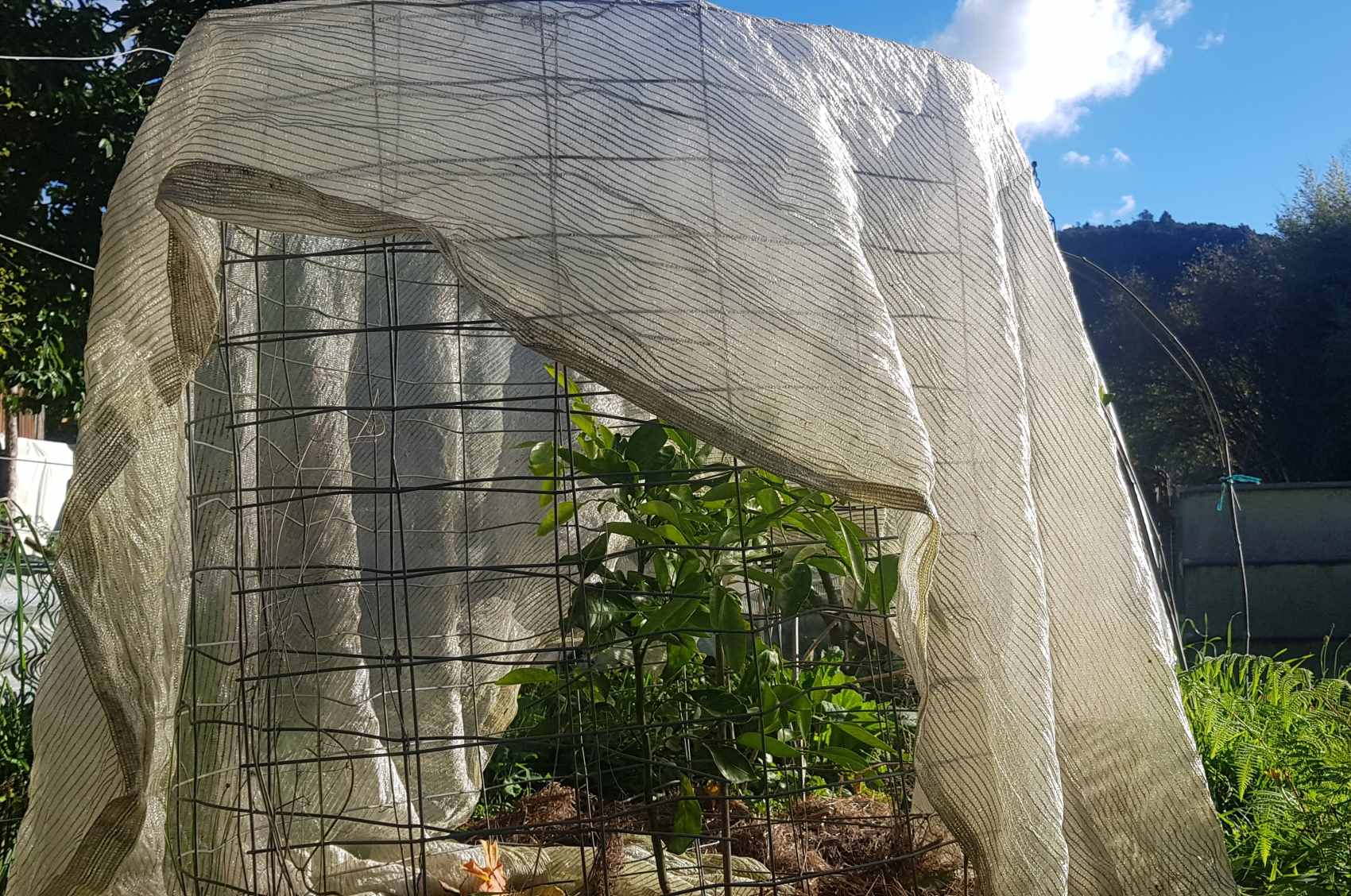May Fruit Tree To Do List


May is the month to get prep'd for new fruit trees + shelter trees . A little bit of tree research goes such a long way! As does my favourite stake + marinate, an easy, hands on way of working out what fruit tree goes where before ordering your trees in.
Before you plan for fruit trees - are you sheltered?! Shelter doesn't sound anywhere near as fun as fruit trees but without it fruit trees grow more slowly, lopsided, blossoms blow off, branches break - so damaging! If prevailing/ battering winds howl through your patch plant fast growing shelter this winter, and fruit trees next year (or even the year after that). They will grow faster by far when protected and be waaay more fruitful.
Protect Citrus + Avocados from Frost

Frost protection is super important for young citrus, avocados + other subtropicals.
Here we've put a simple ring of leftover deer netting around a young lemon and laid the frost cloth over top. The structure is important because it stops the cloth wrecking the foliage/ branches. Get creative and use what you've got! Here's another idea for a simple frost shelter.
A Biological Spray

Falling leaves mark the end of a growth cycle and the beginning of winters rest. All those tiny openings left by detached leaves create a prime opportunity to protect your deciduous fruit trees with a biological spray.
A pre prune ponder

Winter pruning boosts vigour, use it for young deciduous trees to inspire a hearty robust frame before fruiting kicks in, and for poorly deciduous trees that aren't growing strongly. Don't winter prune vigorous, established trees - prune them in summer. Prune citrus and avocadoes mid spring.
Hang out with your fruit trees this month to consider which ones will benefit from a winter prune. Consider what shoots you will tie down in spring, and what cuts you might make (if any).
What a difference this virtual run through makes on pruning day! Regardless of whether you are full of confidence or a beginner, we all prune better by far when we are connected to our trees.
Other odd jobs
- Get the last of the apples in and stored away.
- Harvest, dry and store nuts.
- If you were training branches to the horizontal on any of your deciduous fruit trees, take the ties off. The wood will be insistent now and the limb set in place.
- Check all stakes and ties to be sure none are broken, wobbly or rubbing. Redo ties if needs be. I love these kinds of jobs, making everyone comfy and putting things to rights.
- Check also to see whether or not your tree still needs its stakes - independence is good (once roots are holding fast), it makes stronger trees in the long run. Grab the trunk close to the base and give it a good tug. Consider too shelter - is it established and doing its job?
- Leave some fruits for the birds and bees - say thanks. Share the bounty.
